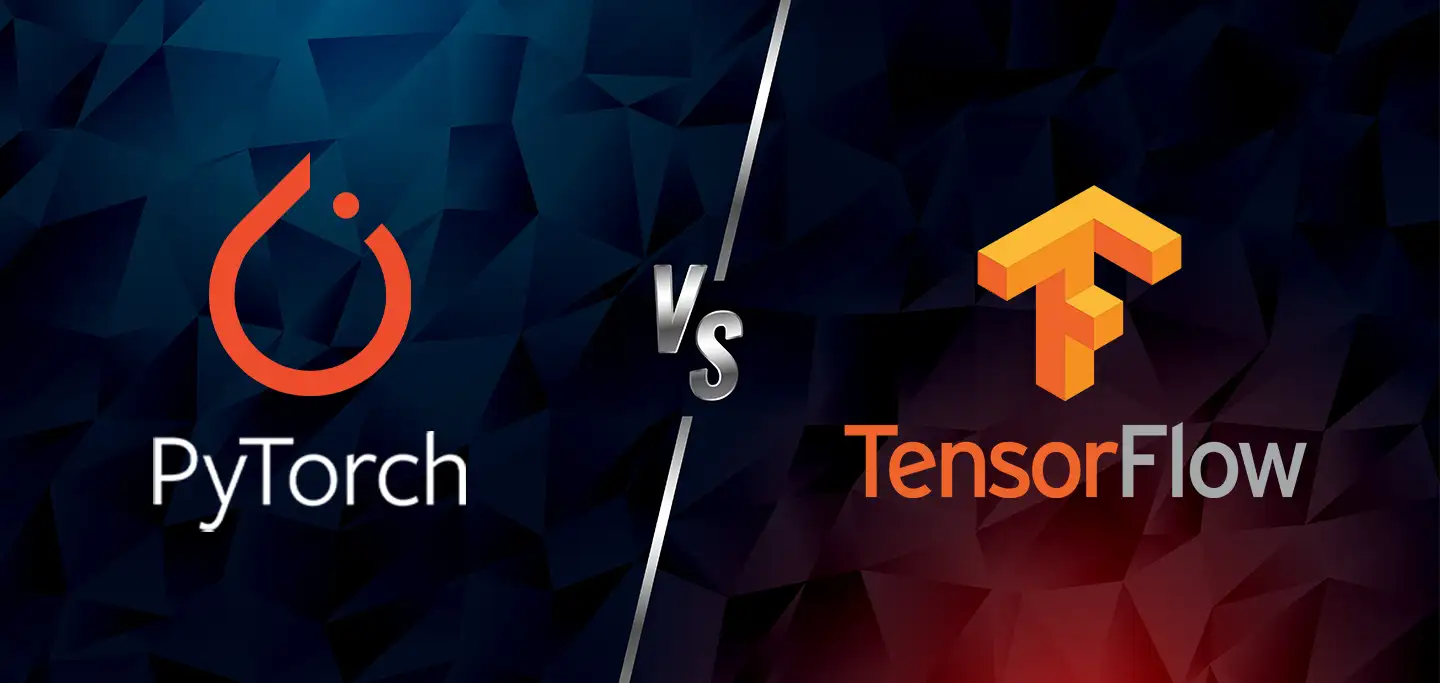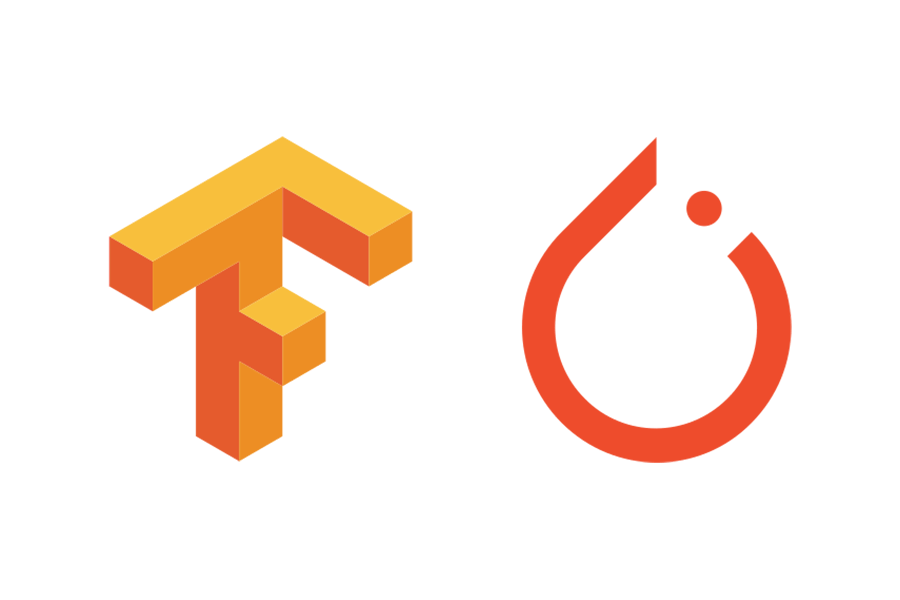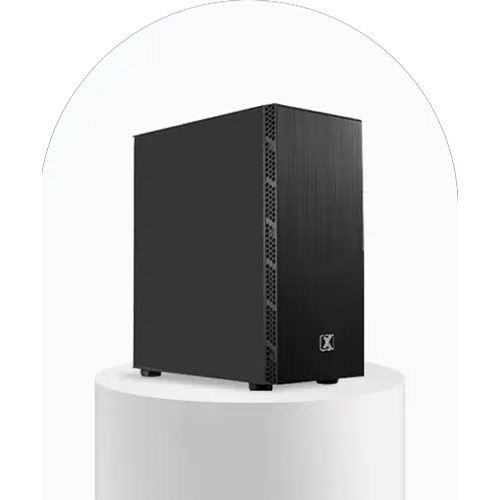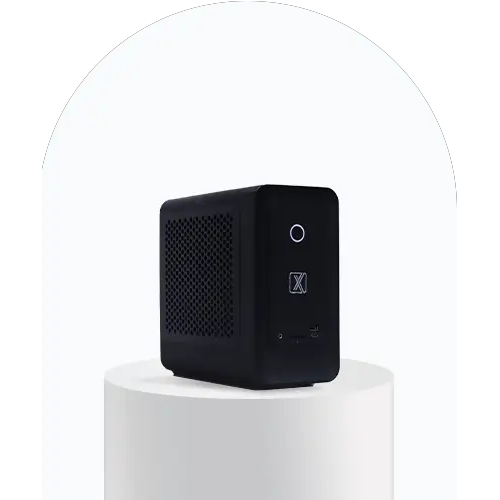
PyTorch vs TensorFlow: Comparative Analysis of AI Frameworks
Artificial Intelligence (AI) is transforming the world. At the heart of many AI projects are powerful frameworks like PyTorch and TensorFlow. These frameworks help developers build and train models efficiently. In this blog, we will explore the differences between PyTorch and TensorFlow. By the end, you'll have a clear understanding of which framework might be best for your needs.
Introduction to PyTorch and TensorFlow

PyTorch and TensorFlow
What is PyTorch?
PyTorch is an open-source machine learning framework developed by Facebook's AI Research lab (FAIR). It was released in 2016 and quickly gained popularity due to its flexibility and ease of use. PyTorch is known for its dynamic computational graph, which allows for more intuitive debugging and development.
What is TensorFlow?
TensorFlow is an open-source machine learning framework developed by the Google Brain team. It was released in 2015 and has become one of the most widely used frameworks in the AI community. TensorFlow is known for its scalability and production-ready capabilities.
Key Features

Key Features
PyTorch
- Dynamic Computational Graph: PyTorch uses dynamic computation graphs, also known as define-by-run graphs. This means the graph is built as operations are executed, making it easier to debug and modify.
- Ease of Use: PyTorch's syntax is simple and similar to Python, making it more accessible to beginners.
- Strong Community Support: PyTorch has a large and active community, providing ample resources and support.
- Integration with Python: PyTorch integrates well with Python, allowing for seamless use of Python libraries and tools.
TensorFlow
- Static Computational Graph: TensorFlow originally used static computation graphs, also known as define-and-run graphs. This means the graph is defined first, and then run. TensorFlow 2.0 introduced eager execution, which allows for dynamic graph execution similar to PyTorch.
- Scalability: TensorFlow is designed to be scalable and can be used for both research and production environments.
- TensorFlow Extended (TFX): TensorFlow offers a comprehensive ecosystem called TensorFlow Extended, which includes tools for model deployment, monitoring, and management.
- Cross-Platform Support: TensorFlow supports multiple platforms, including mobile and embedded devices.
Performance

Performance
Performance is a critical factor when choosing a machine learning framework. Both PyTorch and TensorFlow offer excellent performance, but there are some differences.
PyTorch Performance
- Dynamic Graphs: PyTorch's dynamic graphs can lead to slightly slower performance compared to static graphs, but this is often negligible in practice.
- GPU Support: PyTorch has strong support for GPUs, making it efficient for training large models.
- Optimizations: PyTorch is continuously optimized with new releases, improving performance over time.
TensorFlow Performance
- Static Graphs: TensorFlow's static graphs can optimize the entire computation graph, leading to potentially better performance.
- TPU Support: TensorFlow has native support for Tensor Processing Units (TPUs), specialized hardware designed to accelerate machine learning tasks.
- Graph Optimization: TensorFlow includes advanced graph optimization techniques that can improve performance.
Ease of Use

Ease of Use
PyTorch
- Intuitive Syntax: PyTorch's syntax is more intuitive and closer to standard Python, making it easier to learn and use.
- Interactive Debugging: The dynamic graph approach allows for interactive debugging, which can be very helpful during development.
- Learning Resources: There are many tutorials and learning resources available for PyTorch, making it easier for newcomers to get started.
TensorFlow
- Higher Learning Curve: TensorFlow's syntax can be more complex, especially for beginners.
- Comprehensive Documentation: TensorFlow offers extensive documentation and guides, but it can be overwhelming for new users.
- Eager Execution: TensorFlow 2.0 introduced eager execution, which simplifies the learning process by allowing dynamic graph execution.
Community and Support

Community and Support
PyTorch
- Active Community: PyTorch has a large and active community of developers and researchers.
- GitHub Repository: The PyTorch GitHub repository is very active, with frequent updates and contributions from the community.
- Forums and Discussion Groups: There are many forums and discussion groups where users can seek help and share knowledge.
TensorFlow
- Extensive Ecosystem: TensorFlow has a vast ecosystem that includes many tools and libraries.
- Strong Industry Support: TensorFlow is widely adopted in the industry, with support from major companies and organizations.
- Official Support: Google provides official support for TensorFlow, ensuring regular updates and improvements.
Flexibility

Flexibility
PyTorch
- Research and Development: PyTorch is often preferred in research settings due to its flexibility and ease of experimentation.
- Custom Layers and Models: Creating custom layers and models in PyTorch is straightforward, allowing for more flexibility in model design.
TensorFlow
- Production-Ready: TensorFlow is designed to be production-ready, with tools and features that support deployment and scalability.
- TFX Pipeline: TensorFlow Extended (TFX) provides a complete pipeline for deploying and managing machine learning models in production.
Use Cases

Use Cases
PyTorch
- Academia and Research: PyTorch is popular in academic and research settings due to its flexibility and ease of use.
- Prototyping: PyTorch is ideal for prototyping and experimenting with new ideas and models.
- Computer Vision: PyTorch is widely used in computer vision tasks, thanks to its powerful libraries like torchvision.
TensorFlow
- Industry and Production: TensorFlow is widely used in industry for production-level applications.
- Large-Scale Projects: TensorFlow's scalability makes it suitable for large-scale machine learning projects.
- Natural Language Processing: TensorFlow is commonly used in natural language processing tasks, with libraries like TensorFlow Text and TensorFlow Hub.
Integration with Other Tools

Integration
PyTorch
- Python Libraries: PyTorch integrates seamlessly with other Python libraries like NumPy and SciPy.
- Visualization: PyTorch supports various visualization tools like Matplotlib and Seaborn.
- Jupyter Notebooks: PyTorch works well in Jupyter Notebooks, providing an interactive environment for development.
TensorFlow
- TensorBoard: TensorFlow includes TensorBoard, a powerful tool for visualizing training and debugging.
- Integration with Keras: TensorFlow integrates with Keras, a high-level neural networks API that simplifies model building.
- Support for Multiple Languages: TensorFlow supports multiple programming languages, including Python, C++, and JavaScript.
Deployment

Deployment
PyTorch
- Deployment Options: PyTorch offers various deployment options, including TorchScript for exporting models and PyTorch Mobile for deploying on mobile devices.
- ONNX: PyTorch supports the Open Neural Network Exchange (ONNX) format, allowing for interoperability with other frameworks.
TensorFlow
- TensorFlow Serving: TensorFlow Serving is a flexible, high-performance serving system for machine learning models.
- TensorFlow Lite: TensorFlow Lite is designed for deploying models on mobile and embedded devices.
- TensorFlow.js: TensorFlow.js allows for deploying models in the browser or on Node.js.
Conclusion
Both PyTorch and TensorFlow are powerful frameworks with their own strengths and weaknesses. PyTorch is known for its simplicity, flexibility, and dynamic computational graph, making it a favorite among researchers and developers. TensorFlow, on the other hand, is known for its scalability, production-ready features, and comprehensive ecosystem, making it a popular choice for industry applications.
Ultimately, the choice between PyTorch and TensorFlow depends on your specific needs and preferences. If you prioritize ease of use and flexibility, PyTorch may be the better choice. If you need a scalable, production-ready framework with extensive support, TensorFlow might be more suitable.
By understanding the differences between PyTorch and TensorFlow, you can make an informed decision and choose the right framework for your AI projects. Whether you are a beginner or an experienced developer, both frameworks offer powerful tools to help you build and deploy machine learning models effectively.
For more info visit: www.proxpc.com
Workstation Products

AI Development Workstations
View More

Edge Inferencing Workstations
View More

AI Model Training Workstations
View More
Share this:









